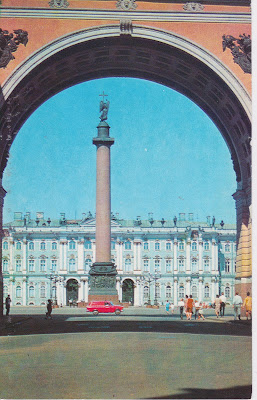Shooting Stars
Although there is still snow in the mountains, most of the ski resorts have shut down for the season. We have hung up the skis and put out the hiking boots. This week was the first hike of 2018 for us. We went to Washington Park in Anacortes, Washington. In the past we have gone to the Happy Hikers Spring Fling, a potluck picnic as well as a hike held at this park; however, this year we couldn’t go on the day of that event. A visit to Washington Park has become an annual excursion much anticipated for the chocolate lilies, fawn lilies, calypso orchids and many other flowers that bloom this time of year.
We knew where the lilies were from last year and were not disappointed. The chocolate lilies were budded and almost in full bloom. The fawn lilies were perhaps at peak bloom and we saw hundreds of them. We counted 27 calypso orchids. Yellow monkey flowers were plentiful as was the pink sea blush. The white death camas was up and a few of the common blue camas were also. We even saw a coralroot popping up.
Chocolate Lilies
Fawn Lily
Group of Fawn Lilies
Blue Camas and a small patch of Spring Gold
White Death Camas
Sea Blush
Sea Blush, Spring Gold, and Blue Camas on the hillside
Calypso Orchid
Field Chickweed
Yellow Monkey Flower
There are several walking options beginning with a paved loop that has branches off in many different places to dirt trails weaving in and out of the woods with views of the water.
Water view from along one of the side trails
Chipmunk
Sea Gull
We had our lunch by the beach and this sea gull joined us. It stayed nearby the entire time we were there and only left when a small boy and a dog walked along the beach, too close for comfort.
Rabbit eating wild buttercups
It is hard for me to take pictures when we ski since my camera does not like the snowy, cold outdoors and I have poles and gloves that get in the way. Hiking is another story.
Stats: 47 people, 11 dogs and 1 baby in a stroller




























